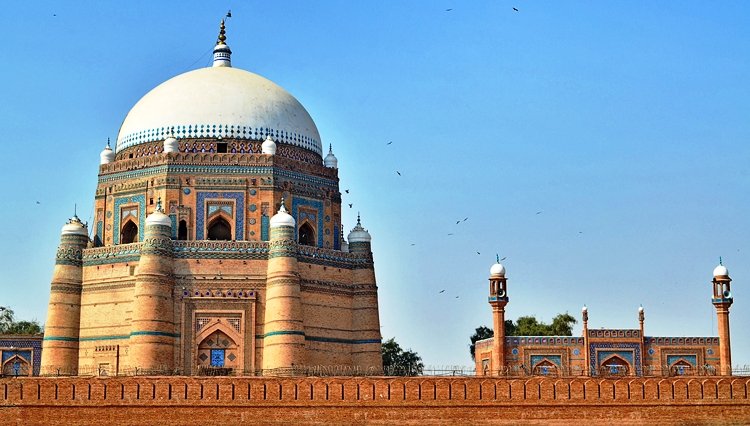LAHORE / MULTAN – Pakistan’s devastating monsoon floods continued to intensify on Thursday, pushing the nationwide death toll to 884 and displacing millions, as authorities considered breaching the Chenab riverbank to divert water and protect Multan from inundation.
The move, officials said, would channel floodwater toward the city’s outskirts, lowering river levels and averting a direct hit on Multan’s population centers. “The next 24 hours are critical,” warned Irfan Ali Kathia, Director General of the Punjab Disaster Management Authority (PDMA), citing dangerous water surges at the confluence of the Ravi and Chenab rivers.
Rising death toll and mass evacuations
Since June 26, floods have killed 223 people in Punjab, 489 in Khyber-Pakhtunkhwa, and dozens more in Sindh, Gilgit-Baltistan, Azad Jammu and Kashmir, Balochistan, and Islamabad. Over 3.8 million people in Punjab alone have been affected, with 1.8 million evacuated. Nationwide, more than 2.1 million people have been rescued in ongoing operations led by the National Disaster Management Authority (NDMA).
The NDMA reported that in the last 24 hours alone, 989 rescue missions in Punjab saved nearly one million people, while another 61 operations in Sindh evacuated 28,940 flood victims.
Rivers breaching embankments
Floodwaters have battered protective levees across Punjab. At Ganda Singh Wala in Kasur, a massive wave of 319,000 cusecs submerged over 100 villages and 18,000 acres of farmland. In Lodhran and Vehari, breaches left entire communities under water, while in Kabirwala, homes were swamped after makeshift embankments gave way.
In Multan, floodwaters from the Ravi reached the city’s railway bridge, sparking fears of major infrastructure damage. Dozens of villages in Shujaabad were submerged after breaches near Sidhnai and Rango canals displaced thousands.
Meanwhile, Gujrat city faced a separate calamity after receiving 577 millimeters of rain in 24 hours, triggering urban flooding that submerged streets, markets, and offices under four feet of water. Mosques issued repeated loudspeaker announcements urging residents to evacuate.
Indian dam releases worsen crisis
The situation has been compounded by India’s release of water from upstream dams. New Delhi issued seven warnings to Islamabad this week — three in the past 24 hours — about spillway openings at Baglihar and Salal dams on the Chenab, and at the Harike and Ferozepur headworks on the Sutlej.
According to PDMA updates:
-
Pong Dam (Beas River, Himachal Pradesh): inflow 132,595 cusecs, outflow 100,000 cusecs.
-
Bhakra Dam (Sutlej): inflow 95,400 cusecs, outflow 73,459 cusecs, nearing maximum capacity.
-
Harike Headworks (Sutlej-Beas confluence): inflow 347,500 cusecs, outflow 330,677 cusecs.
Officials say water levels continue to rise at all these reservoirs, putting additional pressure on Pakistan’s river system.
Scale of destruction
The floods have destroyed over 9,200 houses, including 4,700 in KP and 2,100 in Azad Kashmir. At least 239 bridges and 671 km of roads have been washed away, crippling connectivity. Agriculture has also been devastated, with 1.3 million acres of crops wiped out — particularly in Faisalabad, Gujranwala, and Gujrat divisions — threatening long-term impacts on Punjab’s agrarian economy.
Relief operations are underway, with agencies distributing tents, ration packs, mattresses, mosquito nets, tarpaulins, and life jackets to displaced families. However, officials warn that with rains expected to continue until September 9, the humanitarian crisis could deepen.



